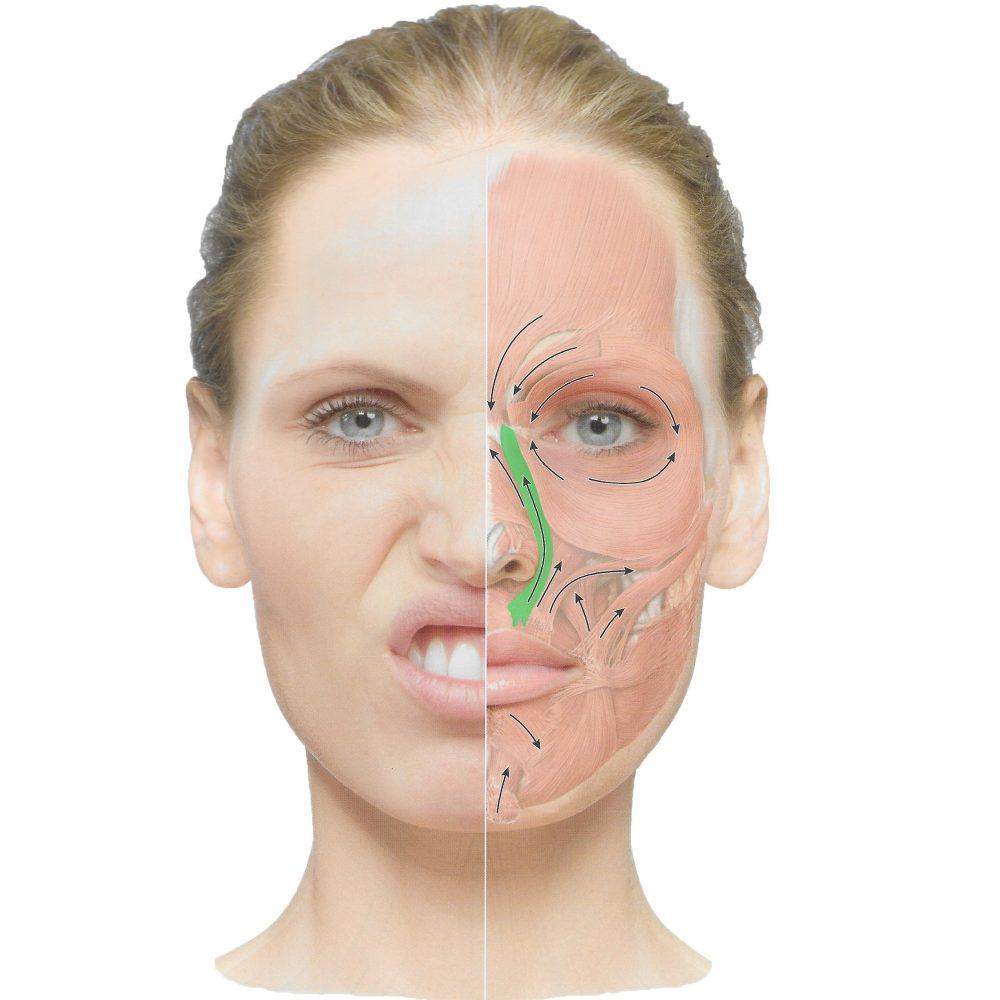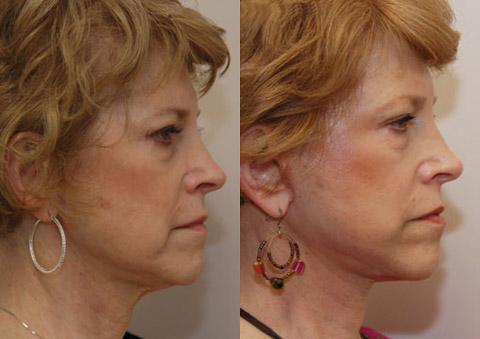
There are many ways to improve your breasts. You may get different results from each of these procedures. There is no one-size fits all solution. You should be armed with the right information to help you make informed decisions. It is important to research breast enhancing before you decide to have it done. This will allow you to ask the right queries and ensure you get the results you desire.
How to choose a plastic surgeon
It is important to make an informed decision when choosing a plastic surgery for breast enlargement. Consider the following factors: experience, qualifications, bedside manner, and bedside manner. Referring people who have undergone surgery before is a great way for you to find the right surgeon.
Reviews from patients and before-and after photos are great starting points. It is important to find surgeons who can deliver quality results. Before-and-after pictures of surgical procedures can be a great indicator of the surgeon’s experience and skill. The images can also be used to help you decide if the surgeon's skills are appropriate for your needs.

Preparing for surgery
One of the most important things to remember when preparing for breast enhancing surgery is to stay healthy. Avoid being around people who are ill and take time off work to recover from the surgery. Also, if you have small children, make sure to find someone to care for them while you are away. Two weeks should be spent avoiding strenuous exercise. The breasts will be tender following surgery. Too much movement may cause pain.
It is a good idea for patients to have a healthy meal plan before they go under the knife. Be sure to purchase foods that you can prepare. You might also want to shop for foods that can be stored well and are easy to prepare. Be sure to bring all medications. Also, arrive at the facility at least 2 hours prior to check-in. Wear comfortable clothing that doesn't restrict your arm movement. It is also a good idea to wear a button-front shirt.
Problems
Postoperative infection is a rare occurrence in breast enlargement surgery. These symptoms include reddening, swelling, pain, fever, and redness. Patients should discuss their treatment options with their surgeon. The surgeon can perform a surgery to remove infected tissue if necessary. The surgeon may remove the implant or tissue expander in some cases.
Of the total 450 procedures after initial implantation, 91 of them were staged planned procedures while 164 were done for clinical reasons. 321 women had reported at least one complication. Of these, 178 women had at least one complication, and a total of 274 breasts had at least one implant. Women who had surgery after breast cancer treatment or prophylactic reasons experienced significantly lower complications.

Recovery
The recovery from breast enhancing surgery is an important part of the procedure. The procedure is not considered life-threatening but can be painful. After surgery, any swelling, bruises, or pain will go away. To promote healing faster, the body will release antiinflammatory compounds. Patients should avoid lifting heavy objects and strenuous activity while recovering. Most patients are able to return to their regular routine after a few weeks.
Patients will be prescribed pain medication. Patients can also choose to take over-the–counter pain relievers to manage their discomfort. The patient should avoid any high-impact activities for two to six weeks following the surgery.